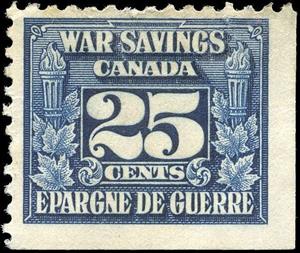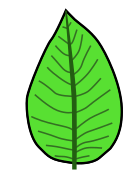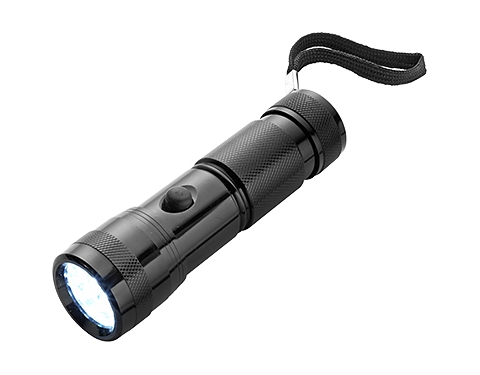Stamp: Numeral (Canada 1940)
Numeral (Canada 1940)
01 January (Canada ) within release War Savings goes into circulation Stamp Numeral face value 25 Canadian cent
| Stamp Numeral in catalogues | |
|---|---|
| Colnect codes: | Col: CA WS1940-01 |
Stamp is square format.
Van Dam Revenue Catalog #FWS5Also in the issue War Savings:
- Stamp - Anti-aircraft gun face value 25;
- Stamp - Bomber face value 25;
- Stamp - Destroyer face value 25;
- Stamp - Numeral face value 25;
- Stamp - Nurses face value 25;
- Stamp - Pilots face value 25;
- Stamp - Sailor face value 25;
- Stamp - Soldier face value 25;
- Stamp - Spitfire face value 25;
- Stamp - Tank face value 25;
- Booklet Pane - War Savings - booklet pane face value 8*25;
- Booklet - Canada War Savings Stamps face value 10;
- Booklet - Canada War Savings Stamps face value 10;
- Booklet - Canada War Savings Stamps face value 10;
- Stamp - Numeral face value 25;
- Booklet Pane - Numeral face value 8*25;
- Booklet Pane - Spitfire face value 8*25;
|
Data entry completed
50%
|
|
|---|---|
| Stamp Numeral in digits | |
| Country: | Canada |
| Date: | 1940-01-01 |
| Emission: | Savings Stamps |
| Format: | Stamp |
| Face Value: | 25 Canadian cent |
Stamp Numeral it reflects the thematic directions:
A leaf (pl.: leaves) is a principal appendage of the stem of a vascular plant usually borne laterally aboveground and specialized for photosynthesis. Leaves are collectively called foliage, as in "autumn foliage", while the leaves, stem, flower, and fruit collectively form the shoot system. In most leaves, the primary photosynthetic tissue is the palisade mesophyll and is located on the upper side of the blade or lamina of the leaf but in some species, including the mature foliage of Eucalyptus,palisade mesophyll is present on both sides and the leaves are said to be isobilateral. Most leaves are flattened and have distinct upper (adaxial) and lower (abaxial) surfaces that differ in color, hairiness, the number of stomata (pores that intake and output gases), the amount and structure of epicuticular wax and other features. Leaves are mostly green in color due to the presence of a compound called chlorophyll which is essential for photosynthesis as it absorbs light energy from the sun. A leaf with lighter-colored or white patches or edges is called a variegated leaf.
Flora is the plant life occurring in a particular region or time, generally the naturally occurring or indigenous—native plant life. The corresponding term for animal life is fauna. Flora, fauna and other forms of life such as fungi are collectively referred to as biota. Sometimes bacteria and fungi are also referred to as flora, as in the terms gut flora or skin flora.
A torch is a stick with combustible material at one end which can be used as a light source or to set something on fire. Torches have been used throughout history, and are still used in processions, symbolic and religious events, and in juggling entertainment. In some countries, notably the United Kingdom and Australia, "torch" in modern usage is also the term for a battery-operated portable light.



